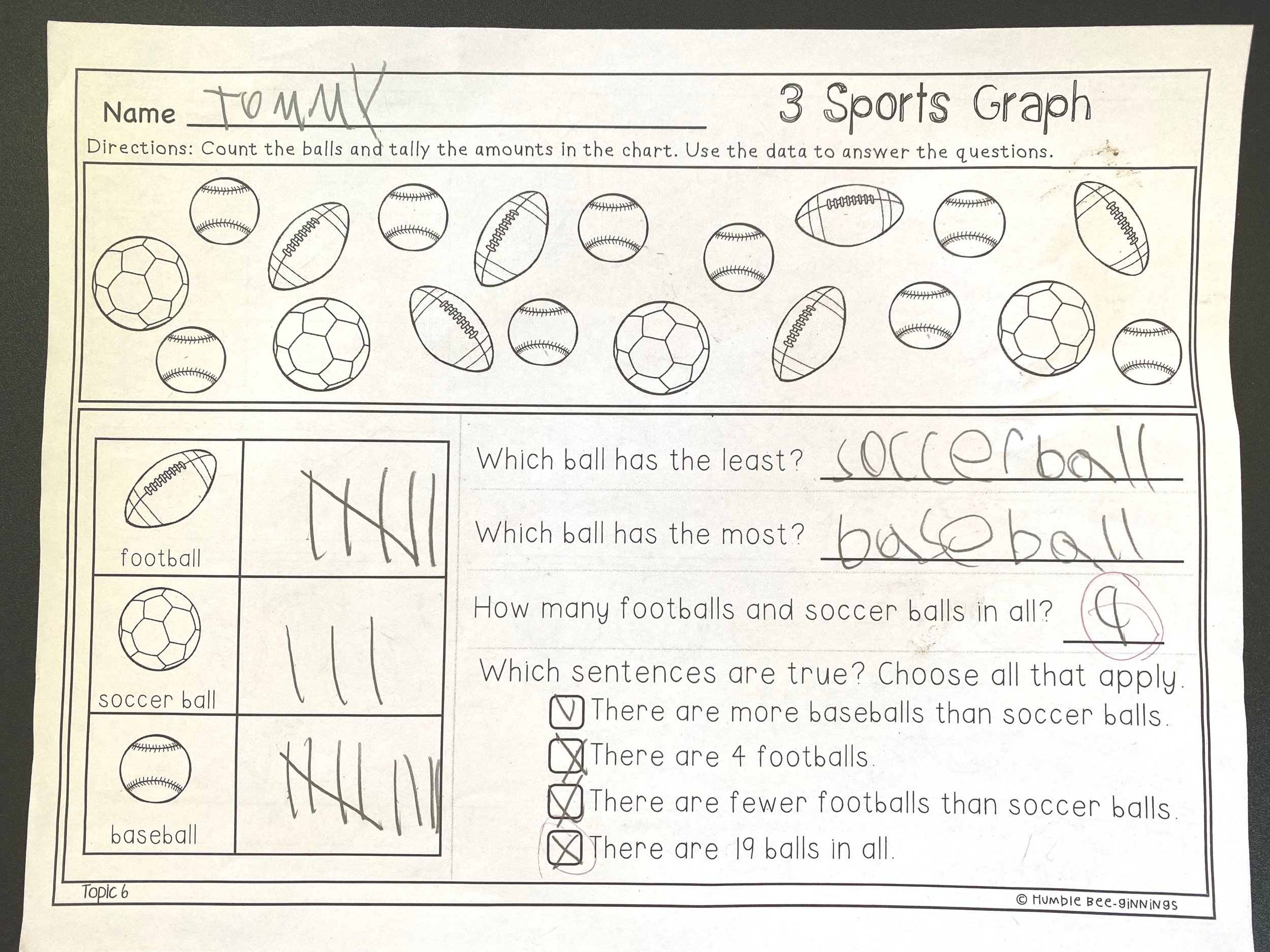stop, collaborate and listen (to your audience)
Yesterday, having just finished writing an article about getting clear on your main message before creating slides, an unexpected opportunity presented itself to take my own advice.
I was waiting at the bus stop for my 1st grader to get home from school. He usually hops off the bus and has one-word answers to my rapid-fire questions:
“How was school?” Good.
“What was your special today?” Spanish.
“Who did you play with at recess?” Dean.
Repeat every day.
I was expecting this day to be no different, when he hopped off the bus and started enthusiastically waxing on about “Career day is coming up!” and “Can you and Daddy come to speak to my class?” Side note: Do you remember when you stopped being excited to see your parents at school around your friends? Since I don’t know when that enthusiasm will end, my husband and I always answer, “OF COURSE!”
But then, surprisingly, doubt crawled into my mind. How in the world would I explain what it is I do to first graders? I can’t just tell them “I’m a data storyteller” and assume they’ll get the idea. Here I found myself presented with a new challenge and a new audience—and it gave me pause to stop and think.
Typically when I talk about the components of effective data communication, I’m addressing professionals who have a reason to care. It could be that they've worked really hard on a project, but their audience isn’t paying attention. They may want to understand what graphs to use because they’ve received feedback saying that their visuals are confusing. A senior manager might have complained that their presentations need to be more concise. Whatever the reason, my usual audience is already aware of the importance of communicating data well, and is motivated to listen.
Unfortunately, none of these scenarios apply to first graders. Not many 7-year-olds are doing data analysis, or debating between a vertical or horizontal bar chart, or influencing stakeholders to do something using graphs in a PowerPoint presentation.
I was starting to seriously doubt whether speaking at career day was worthwhile…but then I pulled this worksheet out my son’s backpack:
It turns out the world is moving faster than I realized! Seven-year-olds are already learning about data analysis at a very basic level. This is drastically different than my elementary school years in the early 90’s before computers and the Internet had transformed our lives.
Newer generations are learning these skills much earlier—and their stakes will be much higher due to the proliferation of data everywhere.
Then I realized my 10-minute career day presentation needed to be centered around why SHOULD elementary school kids care—and what they stood to gain. I needed my own tip from last week, which was not to jump straight into PowerPoint, but instead to articulate my main message first. With my specific audience in mind, I filled out the first two sections of the Big Idea worksheet:
So what is my ultimate Big Idea? I’d love your feedback—you can see my finished worksheet in the SWD community—sign up or log in to let me know whether you think it’s effective. More than that, I’d encourage you to think about what projects and audiences you might use for this quick exercise. Join me on Monday, March 6th for a guided practice session and craft YOUR main message for a project of your choosing (go premium to participate).
My speech to first graders is coming up soon. Wish me luck on inspiring a new audience as I continue to craft the overall narrative—I’ll continue to share the process I use in future posts.



